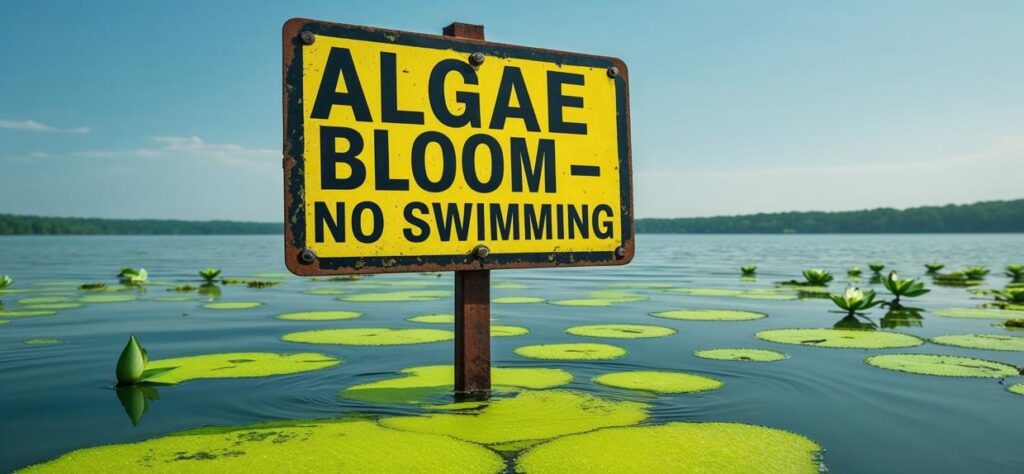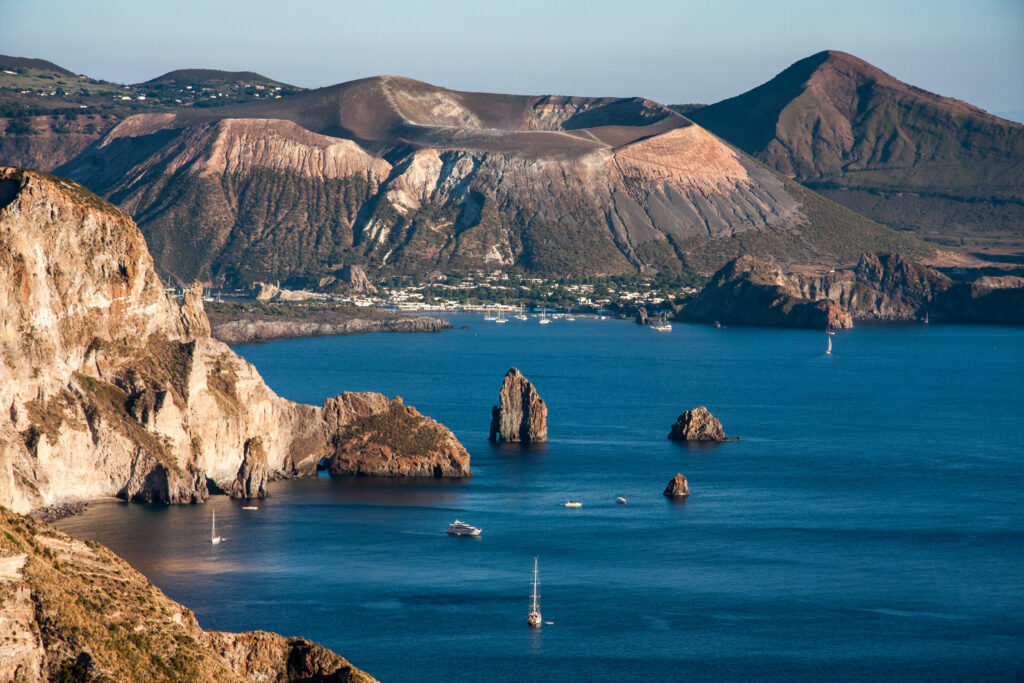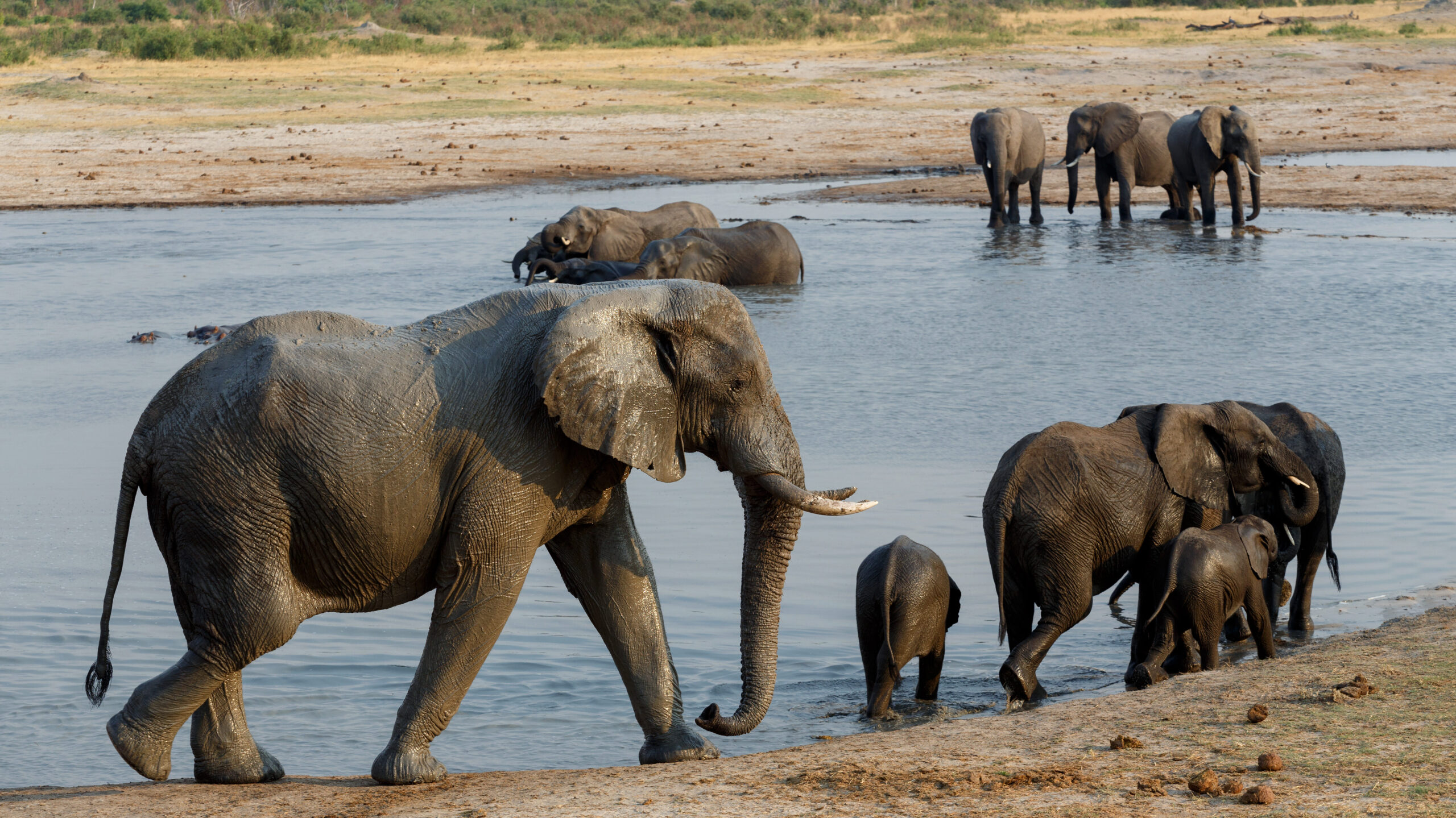
The weather is warming up (at least in the Northern Hemisphere). There is nothing more refreshing on a hot summer day than a dip in cool lake waters, so people everywhere are digging out their swimsuits and hitting the beach. Unfortunately, the same warm temperatures that drive us to the beach can also cause a potentially deadly overgrowth of blue-green algae —also called harmful algal blooms (HABs)—in the water of our favorite pond or lake.
Continue reading “Avoid the Summertime Blue-Greens— Know about Cyanobacteria Before You Hit the Water”

